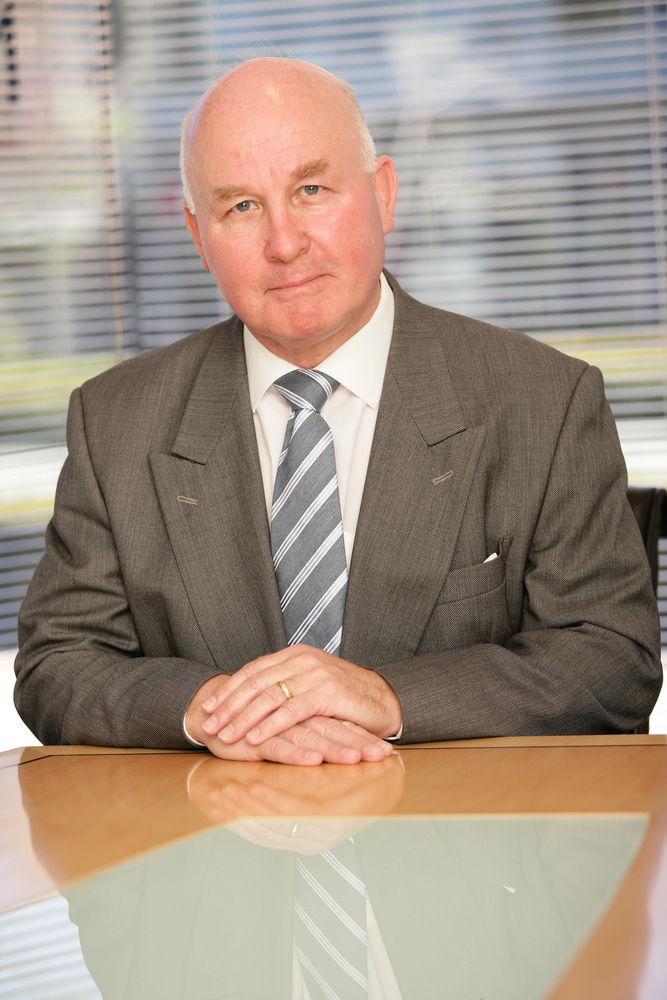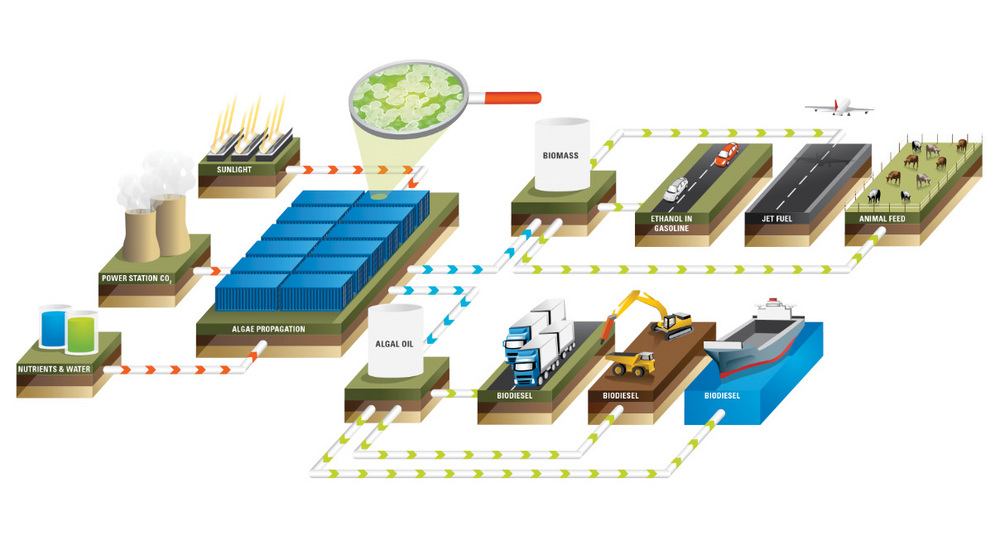A Hopeful Developer



February 9, 2011
BY Luke Geiver
Roger Stroud is optimistic that people will like the story of Algae.Tec. The CEO of the Australian-based algae-to-energy process developer that has created what they call the McConchie-Stroud system is so confident in his story that he decided to avoid any help from venture capitalist funding, or “vulture capitalists,” as he calls them. “Some people ask us why we didn’t go see a venture capitalist,” Stroud says. “We thought a better way to go would be to share it with a lot of shareholders rather than one group that just had a lot of money.” Stroud and his team did just that, in part, because the investment world at the time of the decision “had been thrown on its ear.” Algae.Tec is now one of only a handful of cleantech companies to list on the Australian Stock Exchange. In the U.S.or U.K. markets, the stock would be considered a penny stock, but with 600 shareholders already, Stroud says Algae.Tec is the acorn and “the oak tree has yet to grow, but overtime we hope to have several thousand stock holders.”
The early funding will be used to further develop the McConchie-Stroud system at a demonstration facility just outside of Sidney. “We want to be the masters of our own destiny,” Stroud says, and to do so they will have to prove that the internal testing the team ran on its system, and the years spent researching how to turn algae into energy, will translate at the demo plant.
The system, created by Stroud and colleague Bill McConchie, a former Dow Chemical Co. employee and Texas A&M alum, utilizes what Stroud calls a “honeycomb” effect. In large, modified 40-foot shipping containers, the system uses a synthetic material shaped in a honeycomb pattern within the container that Stroud says creates a more sufficient surface area to grow algae. The containers also allow for algae growth deep within containers and, according to the firm, uses one-tenth of the land when the open-pond method for growing is used. The energy source to grow the algae is solar, and every day the containers are rotated to maximize the amount of sun energy in any one day, Stroud explains.
Advertisement
The company has an MOU with a group based in Hong Kong, says Stroud, and the construction for the demonstration facility should begin by the end of this year. “Any shareholder coming in now is coming in at the early stage of the total development, and,” he adds, “as they say, the early bird gets the worm.”
Advertisement
Upcoming Events





